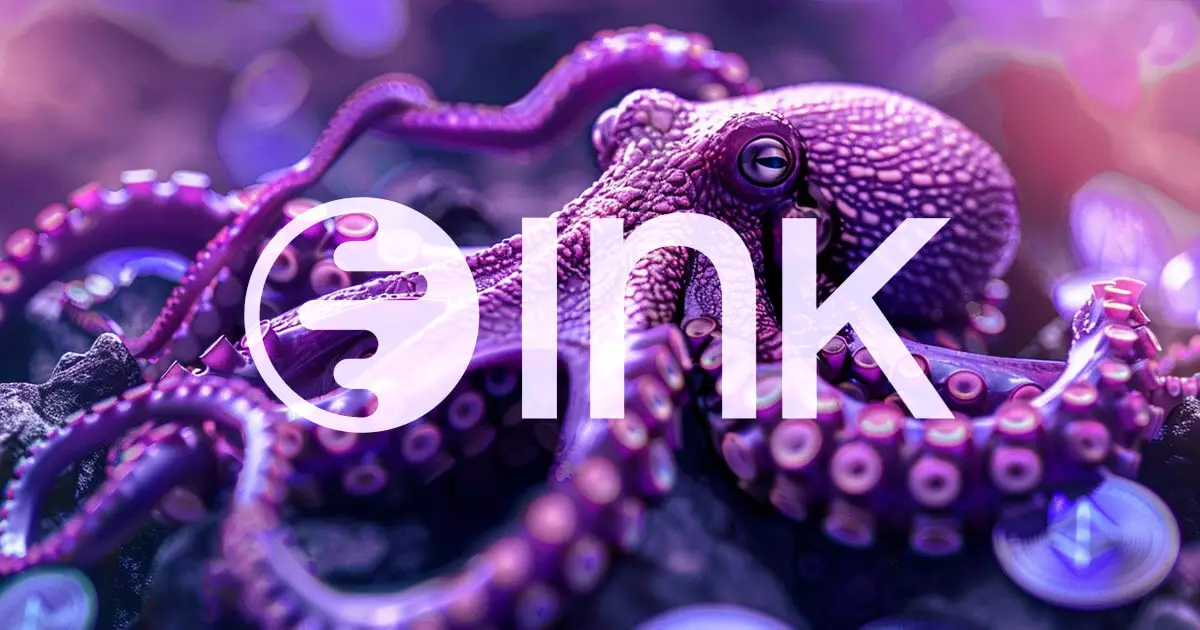In a bold move to reshape the decentralized finance (DeFi) landscape, Kraken, a well-known cryptocurrency exchange, has revealed plans for the launch of Ink, an Ethereum layer-2 network built on the Optimism Superchain. Scheduled to launch its testnet for developers later this year and aiming for a full rollout by early 2025, Ink signifies a marked shift from Kraken’s traditional centralized exchange model towards a more user-empowered, decentralized trading experience. Andrew Koller, the founder of Ink, emphasizes the platform’s commitment to working collaboratively with both developers and the crypto community to cultivate a thriving ecosystem.
The core mission of Ink is to eliminate intermediaries in token trading, borrowing, and lending, thus enhancing efficiency while empowering users with greater control over their assets. The urgency for such systems is palpable, especially as the DeFi space witnesses explosive growth yet often remains riddled with barriers due to centralized constraints. By facilitating a more seamless on-chain transition and embracing interoperability, Ink has the potential to attract a wide range of users looking for security, autonomy, and efficiency in crypto transactions.
Kraken’s decision to integrate with Optimism’s Superchain aligns perfectly with the current trend of leveraging advanced layer-2 solutions to enhance scalability and security on the Ethereum network. Optimism has rapidly gained traction, facilitating nearly half of all Ethereum layer-2 transactions. By participating in this ecosystem, Ink not only assures its users of Ethereum’s robust security but also avails itself of the shared governance and value system that the Superchain offers, which is crucial in an era where user trust and security are paramount. Furthermore, this strategic integration means that Ink can contribute to Optimism’s governance processes, thus promoting a more unified blockchain environment.
Despite the promising attributes of Ink, the competition in the layer-2 realm is fierce, with Arbitrum continuing to dominate in terms of adoption. Kraken’s foray into this space with Ink is not just timely; it complements their broader strategy of diversifying their product offerings. The recent launch of kBTC, a new wrapped Bitcoin product, alongside initiatives to enable users to restake ETH and the introduction of a derivatives trading platform in Bermuda, highlights Kraken’s ambitious efforts to solidify its position within the competitive landscape.
As Ink prepares for its impending testnet and subsequent launch, the implications for both Kraken and the crypto ecosystem at large are significant. The focus on decentralization and user empowerment can set a precedent for other exchanges and platforms. The anticipated synergy between regular and institutional users—together with an expansive approach to DeFi—could reshape the trading experience in ways previously unimagined. With such transformative potential, Ink not only marks Kraken’s historic evolution but also reinforces the ongoing momentum of innovation within the crypto space. As the landscape continues to evolve, the success of Ink will be a critical touchstone for the future direction of decentralized finance.

